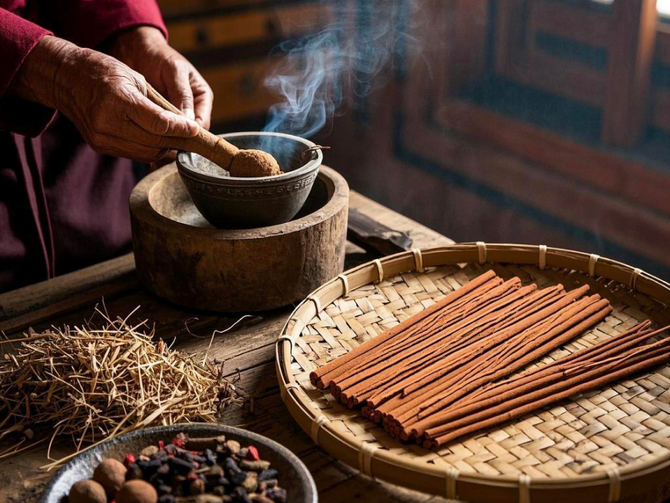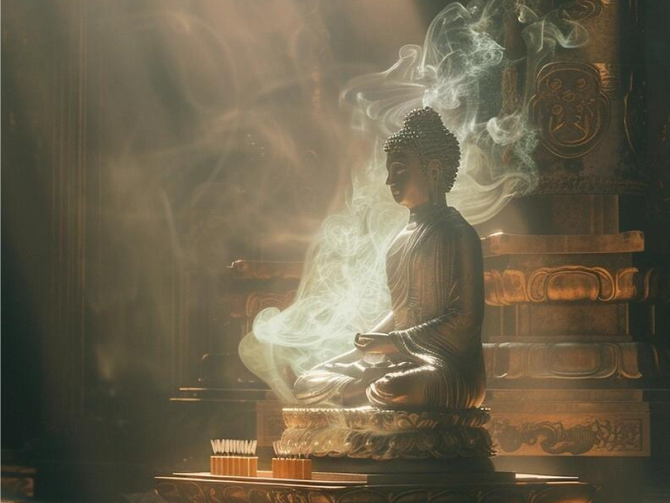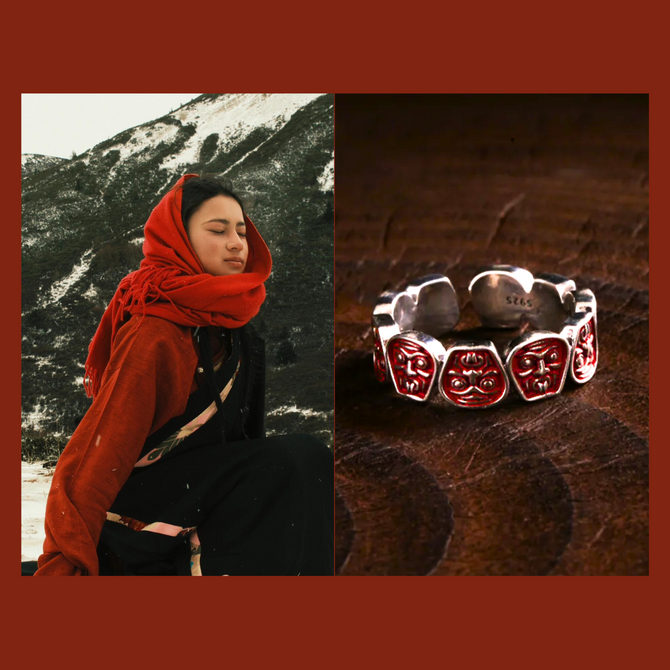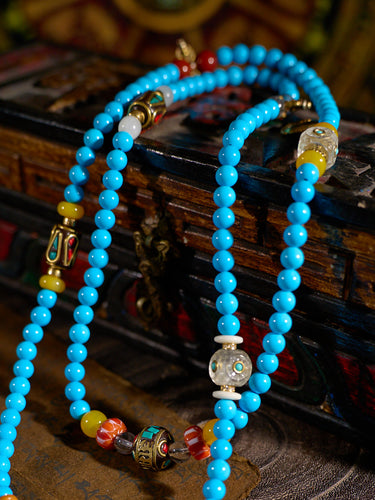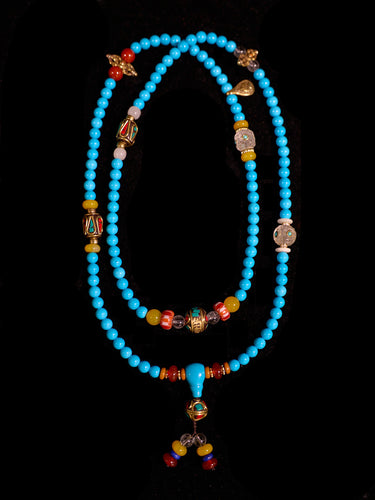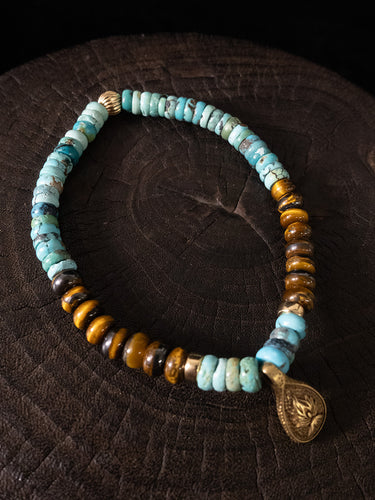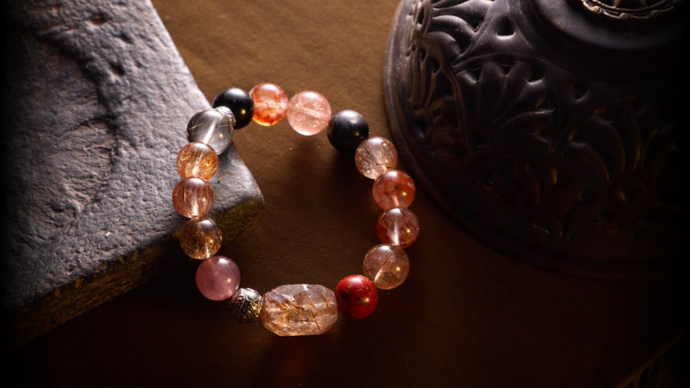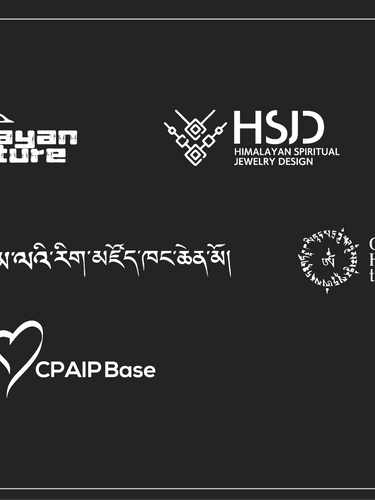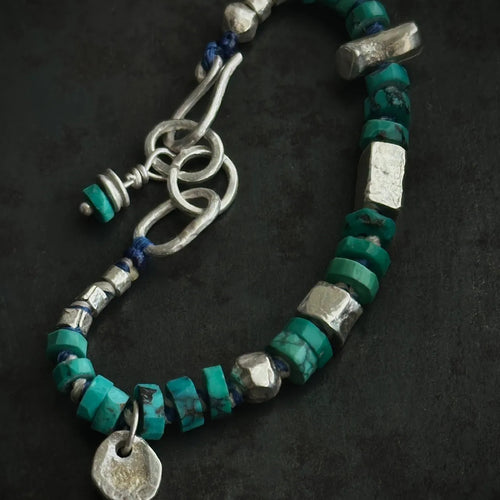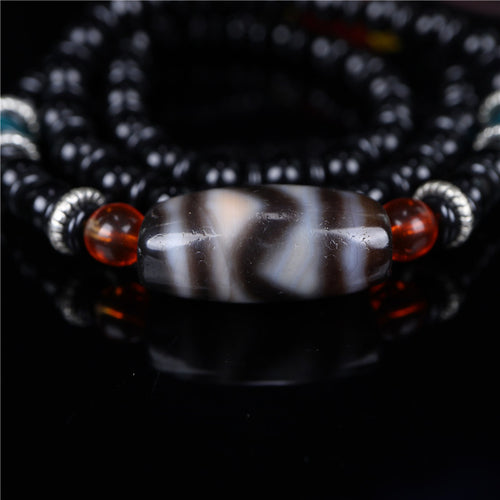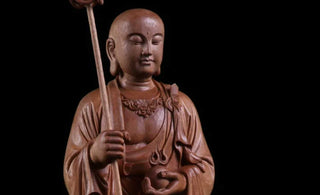
The realm of Buddhist art is a confluence of deep spirituality and remarkable artistic skill, a fact most profoundly epitomized by Male Bodhisattva Buddha statues. These statues are not merely sculptures; they are the embodiment of Buddhist teachings, cultural heritage, and artistic excellence. At Oriental Aesthetics, we delve into the profound world of these statues, offering insights and services that cater to collectors, artists, and enthusiasts alike.
The Essence and Symbolism of Male Bodhisattva Statues
In the rich tapestry of Buddhist art, Male Bodhisattva statues stand as profound symbols of spiritual journey and enlightenment. These statues, far beyond their aesthetic appeal, are a celebration of the essence of Bodhisattva - beings on the path to Buddhahood for the benefit of all sentient beings. The very depiction of Male Bodhisattvas, often characterized by their serene, introspective expressions, symbolizes the inner journey towards understanding and compassion. The statues frequently feature intricate details - each fold of the garment, each curve of the hand, and the subtle play of light and shadow are crafted to convey deeper philosophical meanings.
Take the famous statue of Avalokitesvara Bodhisattva, for example, who is known for his compassion. This statue is often depicted with an all-embracing, gentle expression, embodying the boundless mercy and empathy of the Bodhisattva. Another example is the statue of Manjushri, symbolizing transcendent wisdom, typically portrayed wielding a flaming sword to cut through ignorance. These statues are not just stone and metal; they are repositories of cultural heritage and spiritual ideology. They serve as a bridge between the physical and the metaphysical, guiding the observer towards a higher understanding of the self and the universe. Each statue, with its unique posture, expression, and attributes, tells a story of the virtues and paths of the Bodhisattvas, making them not only artistic marvels but also profound spiritual symbols.
Historical Significance and Evolution
The historical journey of Male Bodhisattva Buddha statues is a fascinating narrative of spiritual evolution and artistic ingenuity. Initially, in the aniconic phase of Buddhist art, the Buddha was represented through symbols such as the Bodhi tree, footprints, or an empty throne, reflecting the early reluctance to depict the Buddha in human form. This approach stemmed from the belief in the transcendent nature of the Buddha, which was thought to be beyond physical representation.
As Buddhism spread from India to other parts of Asia, it encountered diverse cultures, leading to a significant transformation in its artistic expressions. In regions like Gandhara, now modern-day Afghanistan and Pakistan, the influence of Greek artistic traditions introduced during Alexander the Great's conquests became evident. The Gandhara style is renowned for its Hellenistic influence on Buddhist art, particularly seen in the statues of Bodhisattvas, which featured Greco-Roman artistic elements like muscular physiques and draped garments reminiscent of Greek gods.
In China, the representation of Bodhisattvas took on distinct characteristics, influenced by native artistic traditions and philosophical concepts. The Chinese Male Bodhisattva statues often exhibit a serene, introspective demeanor, with flowing robes and elaborate headpieces, reflecting the fusion of Buddhist ideology with traditional Chinese artistry.Through these diverse cultural interpretations, Male Bodhisattva statues not only demonstrate the spread and adaptation of Buddhism but also serve as a testament to the exchange and amalgamation of artistic ideas across civilizations. Each region's unique portrayal of the Bodhisattva contributes to the rich and varied tapestry of Buddhist art, making these statues invaluable both as religious symbols and as historical artifacts.
Artistic Techniques and Materials
The creation of Male Bodhisattva Buddha statues is a culmination of spiritual reverence and artistic mastery, a tradition steeped in centuries of history and culture. The choice of materials and techniques in crafting these statues varies greatly, reflecting regional resources and artistic traditions. Historically, materials like bronze, stone, wood, and precious metals like gold have been employed, each lending its unique qualities to the final piece.
Bronze, with its durability and capacity for fine detailing, has been a favored medium in many cultures. The lost-wax casting technique, an ancient and intricate process, is often used in bronze statue making. This technique allows for exceptional detail and expression, as seen in the famed bronze statues of Bodhisattvas from the Nara period in Japan, characterized by their intricate ornamentation and expressive, lifelike features.
Stone carving is another traditional technique, with artisans sculpting granite or sandstone to create imposing, serene figures. The colossal sandstone Bodhisattvas from the Borobudur temple in Indonesia exemplify this, with their monumental size and detailed, serene expressions capturing the essence of Bodhisattvic compassion and wisdom.
In regions where wood is abundant, such as China and Japan, wooden statues of Bodhisattvas are common. These statues are often covered in gold leaf or lacquer, adding a layer of spiritual significance and visual splendor. The use of gold not only symbolizes purity and the divine, but also gives the statues a mesmerizing presence, as seen in the golden Kannon statues of Japan.Moreover, artisans often incorporate precious stones, metals, and intricate textile patterns into their creations, adding to the statues' symbolic and aesthetic value. The craftsmanship involved in creating these statues is not merely a technical skill but a spiritual practice, often accompanied by rituals and prayers, imbuing the statues with a sense of sacredness and devotion.Through these diverse materials and techniques, Male Bodhisattva Buddha statues become more than just art; they are a confluence of spirituality, tradition, and artistic expression, each piece a unique testament to the cultural heritage and religious devotion of its creators.
Cultural Impact and Contemporary Relevance
The cultural impact of Male Bodhisattva Buddha statues transcends the confines of temples and monasteries, permeating diverse aspects of society and maintaining a significant presence in contemporary life. These statues, beyond their religious significance, have evolved into symbols of peace, compassion, and mindfulness, resonating deeply with people from various cultural and spiritual backgrounds.
In modern times, the presence of these statues in public spaces, art galleries, and private homes reflects a broader cultural shift towards embracing mindfulness and spiritual well-being. The serene countenance and graceful posture of the Bodhisattva statues serve as a visual reminder of inner peace and balance, values that are increasingly sought after in today's fast-paced world. This is exemplified in the widespread placement of Bodhisattva statues in settings like yoga studios, meditation centers, and even contemporary art installations, where they foster a sense of tranquility and introspection.
Artistically, contemporary artists draw inspiration from the rich heritage of Bodhisattva iconography, reinterpreting traditional motifs in modern art forms. This fusion of ancient symbolism with contemporary artistic expression can be seen in works like the modern renditions of the Avalokiteshvara, where traditional elements are blended with abstract forms, creating art that speaks both to the ancient roots and modern interpretations of Buddhist philosophy.Furthermore, the study and preservation of these statues have become an important aspect of cultural heritage conservation, with museums and institutions around the world dedicating resources to their restoration and exhibition. Major exhibitions featuring Male Bodhisattva statues, such as those held in renowned museums, not only showcase the artistic brilliance of these works but also educate the public about Buddhist culture and its historical development.
Male Bodhisattva Buddha statues continue to hold a place of reverence and admiration in contemporary culture. They stand as enduring symbols of a philosophy that advocates compassion and wisdom, offering a source of inspiration and contemplation in both the artistic and spiritual realms.
Preservation and Collection
The preservation and collection of Male Bodhisattva Buddha statues is a vital endeavor, ensuring the endurance of these cultural and spiritual treasures for future generations. Each statue, whether it's a millennia-old stone carving or a centuries-old bronze figure, demands meticulous care and expert restoration techniques to maintain its historical integrity and artistic value. Museums and private collectors alike prioritize conservation, employing advanced methods to protect these artifacts from environmental damage and aging. For instance, the careful restoration of the 7th-century stone Bodhisattva statue at the Metropolitan Museum of Art showcases the delicate balance of preserving original craftsmanship while stabilizing the statue for the future. Collectors and enthusiasts are drawn to these statues not only for their aesthetic beauty but also for their historical significance. Each piece is a tangible link to the spiritual and artistic legacy of ancient Buddhist cultures. Through preservation efforts and thoughtful curation, these statues continue to inspire awe and reverence, bridging the past with the present.
In conclusion, at Oriental Aesthetics, we pride ourselves on being a beacon for lovers of classical oriental art. Our systematic and high-quality professional services are tailored to meet the needs of artists, collectors, and enthusiasts who appreciate the beauty and spiritual depth of Male Bodhisattva Buddha statues. Our expertise in this field is unparalleled, and our commitment to preserving and promoting this art form is unwavering. Join us in exploring the artistic marvels of Buddhist culture, and become a part of a community that cherishes the timeless beauty of these sacred statues.


